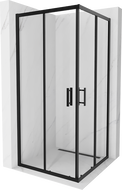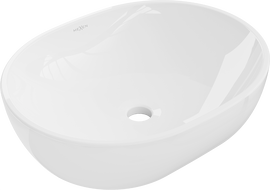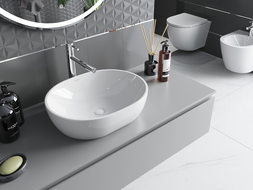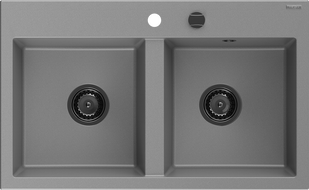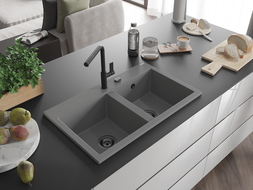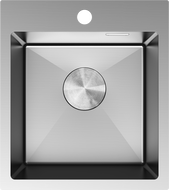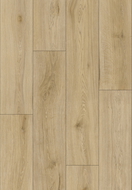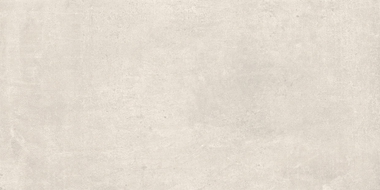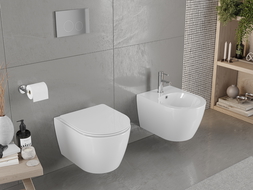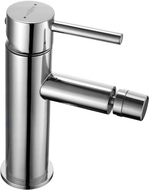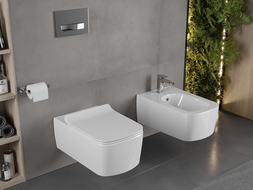
For some time now, the bidet has ceased to be seen as an unnecessary extravagance. Day by day, it is gaining popularity, becoming an almost indispensable element of bathroom equipment. This is due to its utility. It is a convenient device intended primarily for hygienic purposes after using the toilet. What else can a bidet be used for and how to use it?
What is a bidet used for?
A bidet is a bathroom fixture intended for washing intimate areas. It resembles a toilet bowl or a sink placed low to the floor. The practical function of the bidet is appreciated by those who want to refresh themselves after using the toilet, as maintaining hygiene is extremely important to them. Often, using toilet paper alone does not ensure perfect cleanliness of intimate body parts and doesn't guarantee freshness. Therefore, it is worth using a device that helps maintain hygiene in intimate areas. Using a bidet is especially recommended for people suffering from hemorrhoids, frequent constipation, or recurring diarrhea.
How else can you use a bidet?
Although the bidet is primarily for washing oneself after using the toilet, it can be used in other ways as well. This type of bathroom equipment also allows for comfortable washing of other body parts. Adults can successfully wash their feet in it after returning from work, or cool them down in the summer when high temperatures are particularly taxing. It's much easier for small children to wash their hands using the bidet than a high-mounted sink. Due to its installation position, it can be particularly useful for seniors with limited mobility. Using a bidet instead of a bathtub or shower is a more convenient and safer solution, which also significantly reduces water consumption.
Where is the best place to install a bidet in the bathroom?
Since bidets are used for intimate hygiene, they should be situated close to the toilet and at the same height as the toilet seat to ensure convenience and comfort of use. It is recommended that the distance between the devices should be about 30 cm to provide adequate space for legs and allow for freedom of movement. In the market, in the sanitary systems and bathroom ceramics sector, two types of bidets are available: standing bidets and hanging bidets, designed for wall installation. Choosing the latter version, you can mount both the bidet and toilet on special concealed frames, which will later be covered with tiles used for bathroom design.
An appropriate tap for quick washing after using the toilet
The bidet tap is designed to allow using the bidet in a convenient seated position. Most bidets do not have a seat, but the wide edges of the bowl and standing tap models provide comfortable use. Simply sit facing or backwards to it, so that the water washes the desired part of the body without having to undress completely. Bidet faucets may end with a slightly upturned outlet, and some models have a movable aerator that allows you to direct the water stream without splashing. Using special knobs, you can set the water stream and temperature. However, the most popular are thermostatic faucets, maintaining a constant water temperature.
What does a modern bidet look like today and what is the control panel used for?
A convenient and practical solution, while also comfortable to use, is a toilet integrated with a bidet, an automatic bidet seat equipped with cleaning nozzles. It is directly mounted on the toilet bowl. A touch remote control is attached to the device. When the electronic seat is activated, a nozzle extends from behind the main panel, releasing water to clean intimate areas. The device has a function for rear washing or washing, or combines both activities in what is termed oscillating washing, which is particularly important for women.
The pulsation mode can also be used during washing. The toilet also allows setting the position of the nozzle and its automatic cleaning before and after use. The device features a hybrid water heating system and stream intensity regulation. After using the bidet, you should activate warm air drying, which ensures comfort and reduces toilet paper use.
The installation of a bidet and toilet in one is not only a fashion hit but also a significant convenience. It's also an innovative solution that saves space in the bathroom. Such products made from high-quality ceramics will certainly interest customers for whom hygiene is the foundation of a healthy body.


